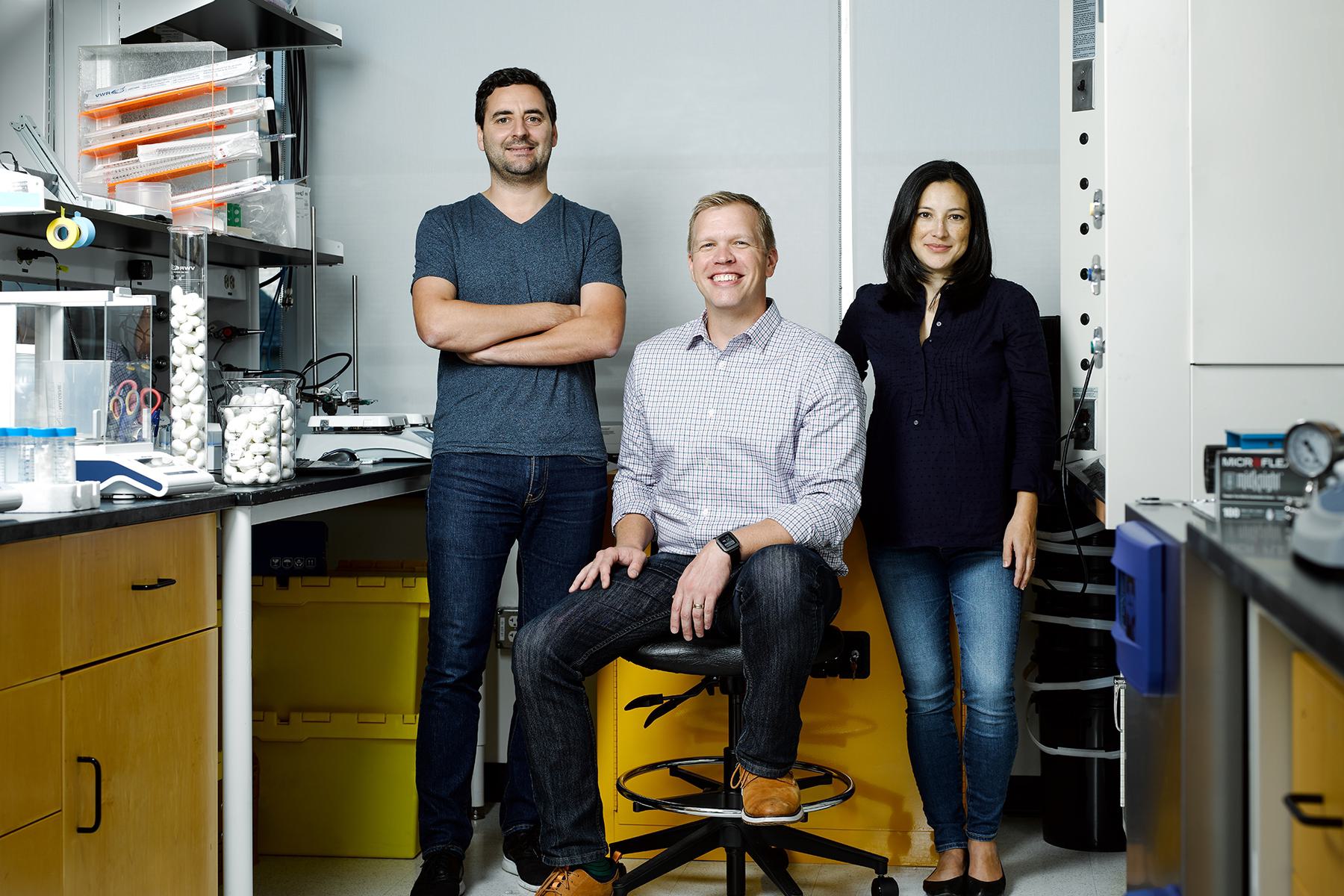Unlocking the immune system to fight cancer and disease.
Vaxess Technologies is pioneering a technique it calls Infection Mimicry to help increase the effectiveness of immunotherapies for infectious diseases and cancer. The company’s first product, named MIMIX, is inspired by the body’s natural immune response to infection. MIMIX is a smart-release therapeutic patch that, after only minutes of wear-time, can release treatments into the skin at precise rates for up to months after the initial application.
The same biology that allows MIMIX to activate the immune system against infectious diseases like influenza can also be used to activate the immune system against cancer cells. When a MIMIX patch loaded with a chemo agent is applied to certain tumors, for example, it kickstarts a natural immune response, eventually eliminating metastases throughout the body.
The technology behind MIMIX’s smart-release functionality is not a synthetic preservative or a complex drug-delivery device. It’s natural, water-soluble, and inexpensive—silk. It works like this: after a brief application, the patch is removed, leaving behind the tips of the medicine-filled microneedles painlessly within the patient. At once delicate and resilient, the microneedles dissolve at a precise rate, releasing medicine at its most effective dose and for the most effective length of time.
Michael Schrader, the CEO of Vaxess, was intrigued by the possibilities of silk technology while studying at Harvard Business School in 2011. It was there that he was exposed to the work of David Kaplan and Fiorenzo Omenetto’s labs.
The potential of silk immediately impressed Schrader, an engineer by training who had spent the early part of his career designing high-performance polymer parts for the auto industry. “I had simply never seen a material like it,” he notes.
His co-founders, Kathryn Kosuda, Livio Valenti, Patrick Ho, Professor David Kaplan, and Professor Fiorenzo Omenetto were similarly taken by the possibilities of silk and its potential to reshape a range of industries. Valenti, in particular, had a personal connection to the material. He had worked for the United Nations in Cambodia, helping rice farmers convert their fields to silk, a higher value product. While this silk did not meet the requirements for luxury textiles, it was well suited to other buyers, like Kaplan and Omenetto’s lab. Valenti is now driven to help create stable, effective, easily-distributed treatments for the Cambodian people, made from Cambodian silk.
In early 2012, Schrader, Kosuda, Valenti, and Ho won the Harvard President’s Innovation Challenge and the Harvard New Venture Competition for their work on what would become Vaxess. Since then, the startup has received over $14M in non-dilutive funding from various sources such as The Gates Foundation, The NIH, and The NSF. Vaxess has also maintained joint development partnerships with multiple pharmaceutical companies.
The ability for the Vaxess patch, named MIMIX, to reliably deliver controlled amounts of treatment over a precise amount of time, is not only more convenient for the patient, it is often more efficacious. In the case of immunotherapies and vaccines, the sustained delivery provided by MIMIX allows the patient’s body to react in a manner similar to if its immune system was reacting to a natural infection—a slow, strong, and enduring ramp-up of immune response.
Remarkably, in the first MIMIX flu vaccine mouse study, the patch led to immune responses to influenza strains not included in the vaccine. The team was stunned. Such a response is never seen with a traditional flu vaccine.
As a biotech and life sciences company with novel core technology, Vaxess is in a unique position to do good while doing well. With more effective, more stable treatments, suddenly a world of healthcare is open to those for whom it was previously inaccessible.

